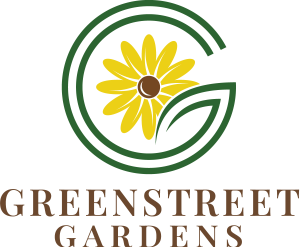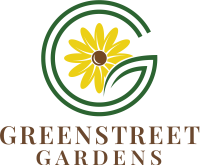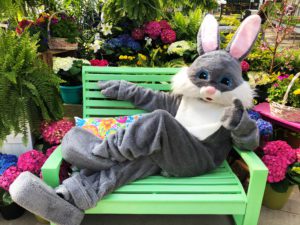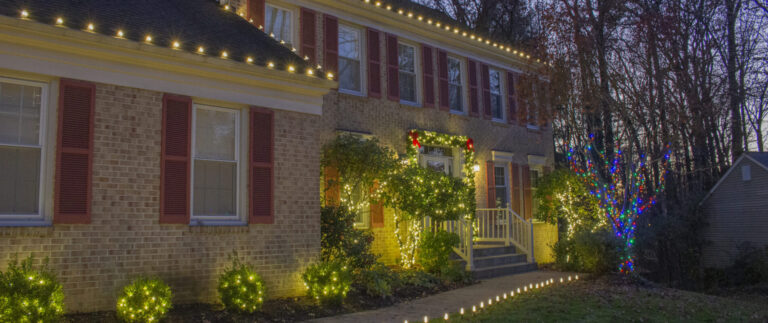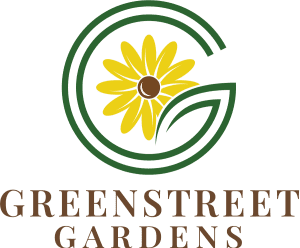Attract Pollinators
with Native Plants
Grow the garden that keeps on giving.
Maryland and Virginia are home to hundreds of native plants and pollinators. From majestic Monarch butterflies, to colorful coneflowers, we share the land with some of America’s most beautiful plant and animal life.
Why not invite them into your yard?
Why not invite them into your yard?
